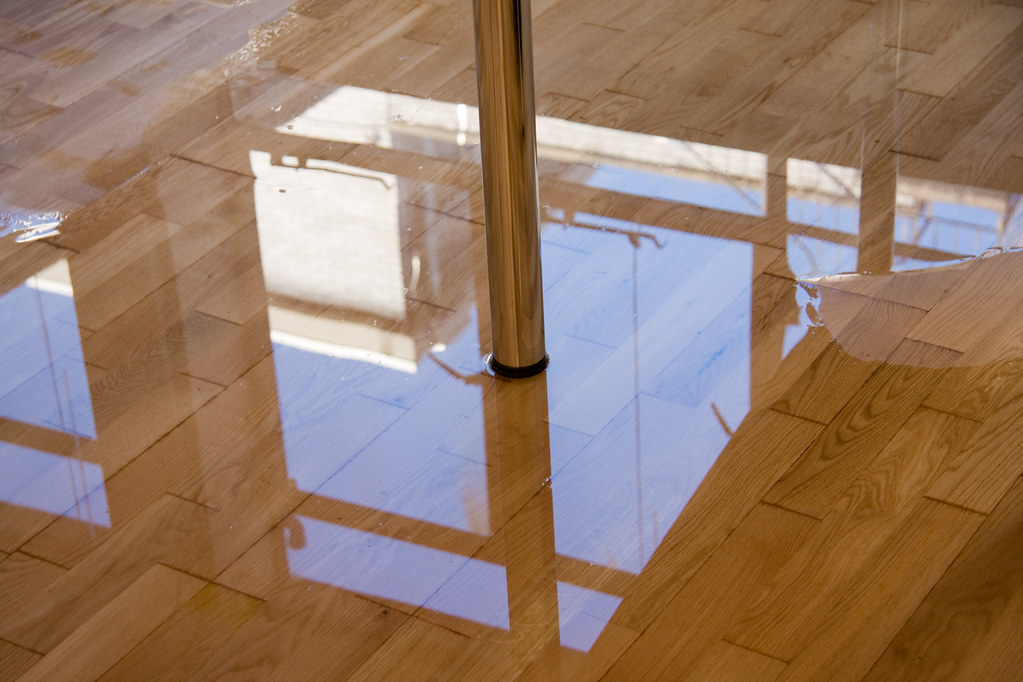Water damage can strike unexpectedly, turning a once-peaceful space into a chaotic and stressful environment. Whether it’s a burst pipe, a leaking roof, or a natural disaster, the intrusion of water can cause significant damage to homes and businesses alike. Rapid restoration is essential to minimize the impact of water damage and return spaces to their former glory.
In this article, we explore the importance of speed and precision in restoration efforts and how they can refresh and revitalize spaces affected by water damage.
Understanding the Urgency of Restoration
Water damage is a time-sensitive issue that requires immediate attention. The longer water sits, the greater the damage it can cause. Mold and mildew can begin to grow within 24 to 48 hours of water exposure, posing health risks to occupants and further compromising the integrity of the structure. Rapid restoration is essential to mitigate these risks and prevent further damage to the property.
The Process of Rapid Restoration
Swift Response and Assessment
The first step in rapid restoration is a swift response. Professional water damage restore 247 teams are available 24/7 to respond to emergencies, ensuring that restoration efforts can begin as soon as possible. Upon arrival, technicians conduct a thorough assessment of the damage, identifying the source of the water intrusion and evaluating the extent of the damage. This assessment allows them to develop a customized restoration plan tailored to the specific needs of the space.
Efficient Water Extraction
Once the assessment is complete, the next step is to remove standing water from the space. Professional restoration teams use high-powered pumps and extraction equipment to quickly and efficiently remove water from all affected areas. This step is crucial in preventing further damage and minimizing the risk of mold and mildew growth.
Drying and Dehumidification
After water extraction, the drying process begins. Industrial-strength air movers and dehumidifiers are used to remove excess moisture from the air and materials within the space. This helps prevent further damage and ensures that the space is thoroughly dried out. Advanced monitoring equipment is used to track the progress of the drying process and ensure that optimal conditions are maintained throughout.
Cleaning and Sanitization
Once the space is dry, the next step is to clean and sanitize the affected areas. Professional restoration teams use specialized cleaning agents and disinfectants to remove contaminants and eliminate odors. This thorough cleaning process helps restore the space to a safe and healthy condition, free from harmful bacteria and mold spores.
Restoration and Reconstruction
The final phase of the restoration process involves repairing and restoring the space to its pre-damage condition. This may include replacing damaged flooring, repairing walls, and restoring damaged belongings. Professional restoration teams work quickly and efficiently to ensure that the space is restored to its former glory, allowing occupants to return to their normal routines as soon as possible.
The Role of Precision in Restoration
Precision is essential in every step of the restoration process. From accurately assessing the extent of the damage to ensuring that every surface is thoroughly cleaned and sanitized, precision is key to achieving optimal results. Professional restoration teams are trained to work with precision and attention to detail, ensuring that every aspect of the restoration is completed to the highest standards.
Leveraging Technology for Precision Restoration
Advanced technology plays a crucial role in precision restoration efforts. Infrared cameras and moisture meters allow technicians to detect hidden moisture and identify areas of concern that may not be visible to the naked eye. Thermal imaging technology helps pinpoint the source of water intrusion, allowing for targeted restoration efforts. Additionally, advanced drying equipment ensures that spaces are thoroughly dried out, minimizing the risk of further damage and mold growth.
Conclusion
Rapid restoration is essential in minimizing the impact of water damage and returning spaces to their former glory. By responding swiftly and working with precision, professional restoration teams can refresh and revitalize spaces affected by water damage, allowing occupants to return to their normal routines with minimal disruption.
Leveraging advanced technology and a commitment to excellence, these teams ensure that every aspect of the restoration process is completed to the highest standards, providing peace of mind to homeowners and businesses alike.
With rapid restoration, spaces can be refreshed and renewed, turning chaos into comfort and restoring peace and tranquility to affected areas.

